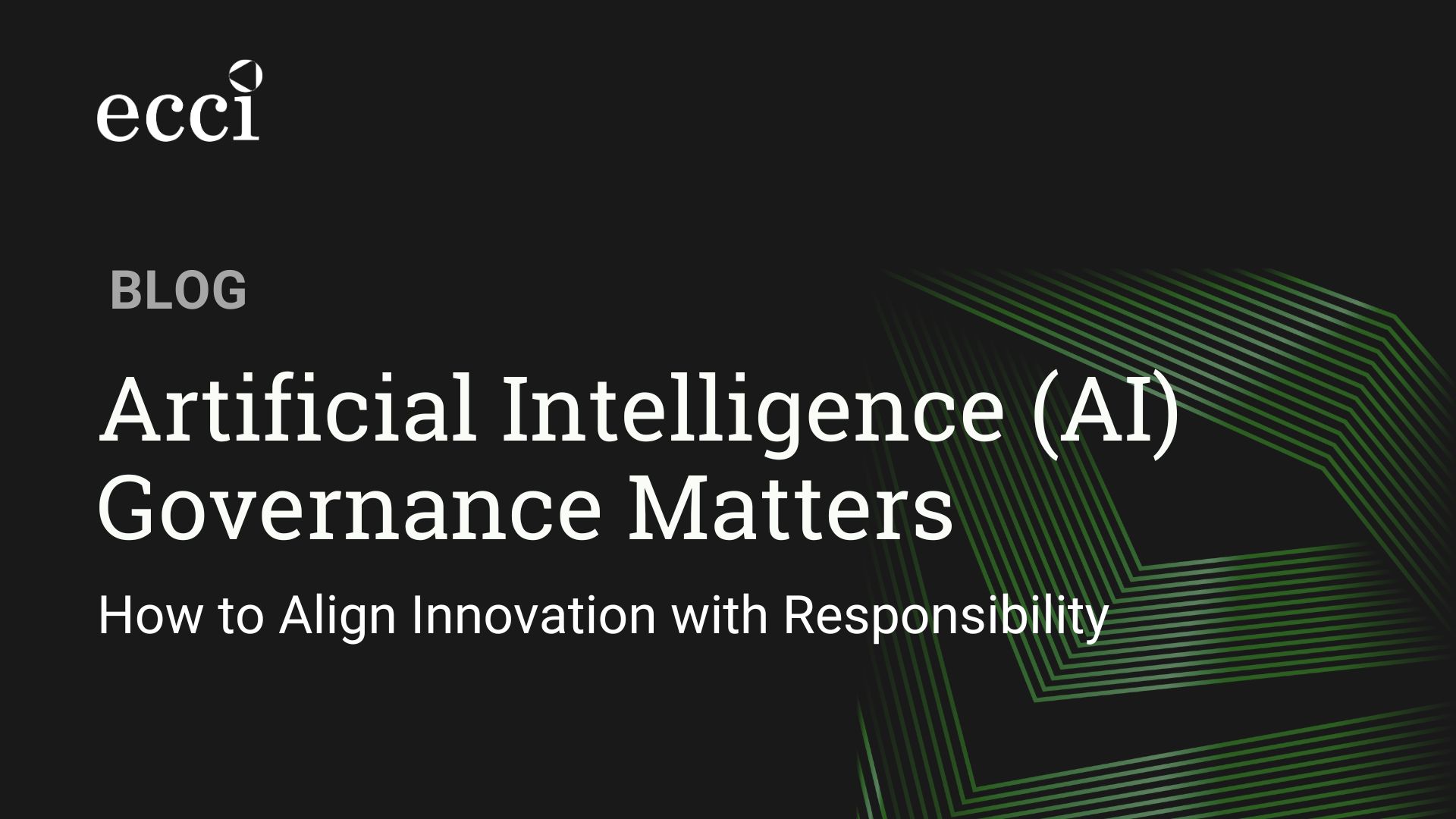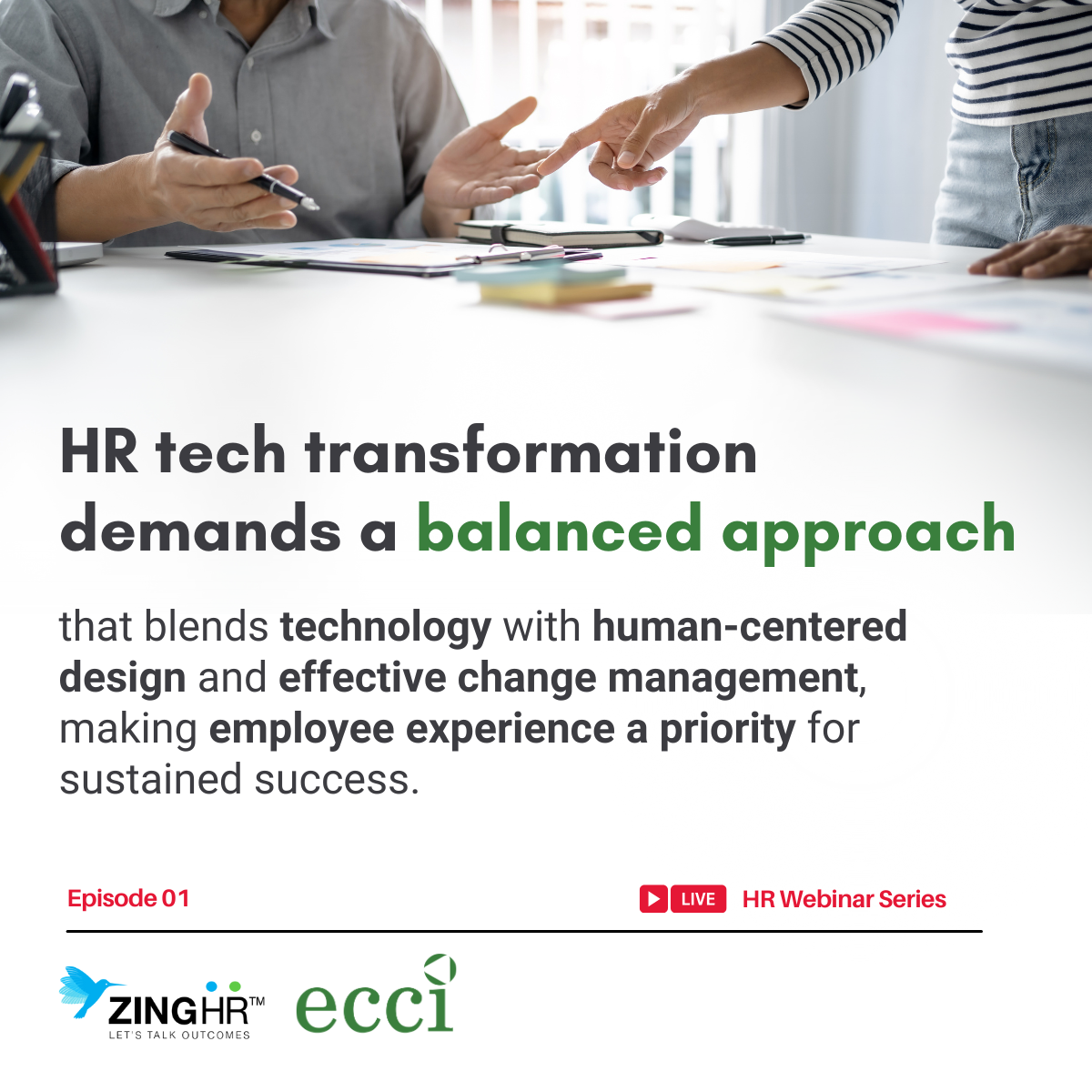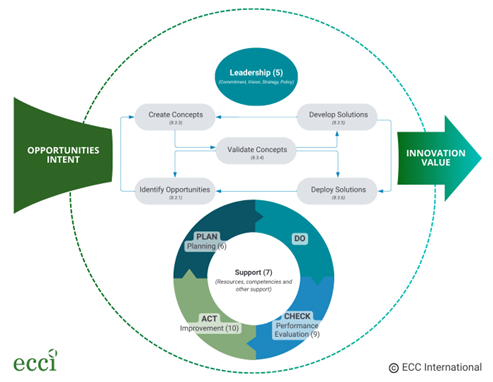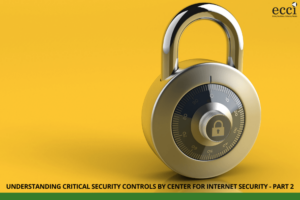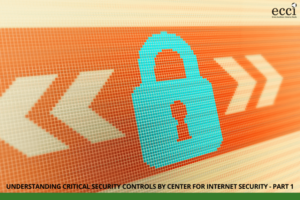About the Customer
The client is one of the top 5 Human Resources software and services providers in the world. They aim to help HR managers improve their service through more efficient processes and technology, which includes an HR application developed on SAP.
About the Business
The company focuses on the key areas of workforce administration, payroll, benefits, recruitment, learning and talent management. They have 8000 employees working to deliver their services through HR consulting, HR outsourcing and HR technology. They have offices in 35 countries supporting clients in over 100 countries.
Challenges
The Client’s global operations are managed through global delivery excellence (GDEx) model compliant with SAS70, ITIL and PMO methodologies. The Client intended to integrate the best practices of CMMI SVC v1.3 into the existing GDEx model so that they can adapt their processes to evolving business needs and globally accepted industry best practices. This introduces a GDEx model that integrates the requirements of all the global delivery centres.
The scope of the project spanned across their 13 global delivery centres located in Asia, Europe, North America and South America. With this wide scope, there were identified differences in the methodologies of these delivery centres. This lack of uniformity reduced the Client’s cost-effectiveness and impaired the delivery capability for their customers. Their objective was to centralize the processes in these delivery centres. One of the major challenges that we encountered was that a singular process may not be applicable to the 13 delivery centres considering the differences in location, the nature of operations and the cultures they find themselves in.
Outcome
- Consistency of Delivered Service:
One universal process framework was established and deployed across all 13 delivery centres, ensuring consistency in the manner in which service is provided. - Minimized cost of Transfering Work:
Transfer of work from one delivery centre to another incurred less cost and less effort since both follow the same universal framework. Tweaking of service delivery for localization is all that is left. - Clear Localization Guidelines:
There was a clear set of localization guidelines that localised global processes with regards to a customer or geographical requirements while not compromising on global organisational objectives. - Feedback Framework Established:
Well segregated responsibilities between the process groups and the implementation groups were established to ensure a systematic approach in reporting the experiences of practitioners and translating the experiences into the delivery excellence model
Our Approach
The key to ECCI‘s solution was coming up with a universal model that can be applied to all delivery centres, but which is also flexible
enough to allow for localization of processes. We ensure seamless implementation of aligning existing processes and practices to the desired best industry practices through the following implementation steps:
- Assessed their existing processes and gathered feedback from key individuals
- Representatives from the delivery centres came up with country/customer specific localization requirements and translated these into the global requirements
- Focus group discussions were conducted to redefine the GDEx framework
- Set up internal capabilities to integrate CMMI model requirements into the GDEx model
- Country-specific workshops were conducted to identify localization requirements
- Set up service clusters based on inputs of contracts/ CIPs, on delivery strategy and on the scope of services, ensuring the integration and roll out of the framework into operations
- Established a Process Compliance and Effectiveness
- Tracking Mechanism
- Trained monitoring teams and implementation teams how to handle the new CDEx model
How We Helped
Business Process Excellence , IT infrastructure Library Implementation


